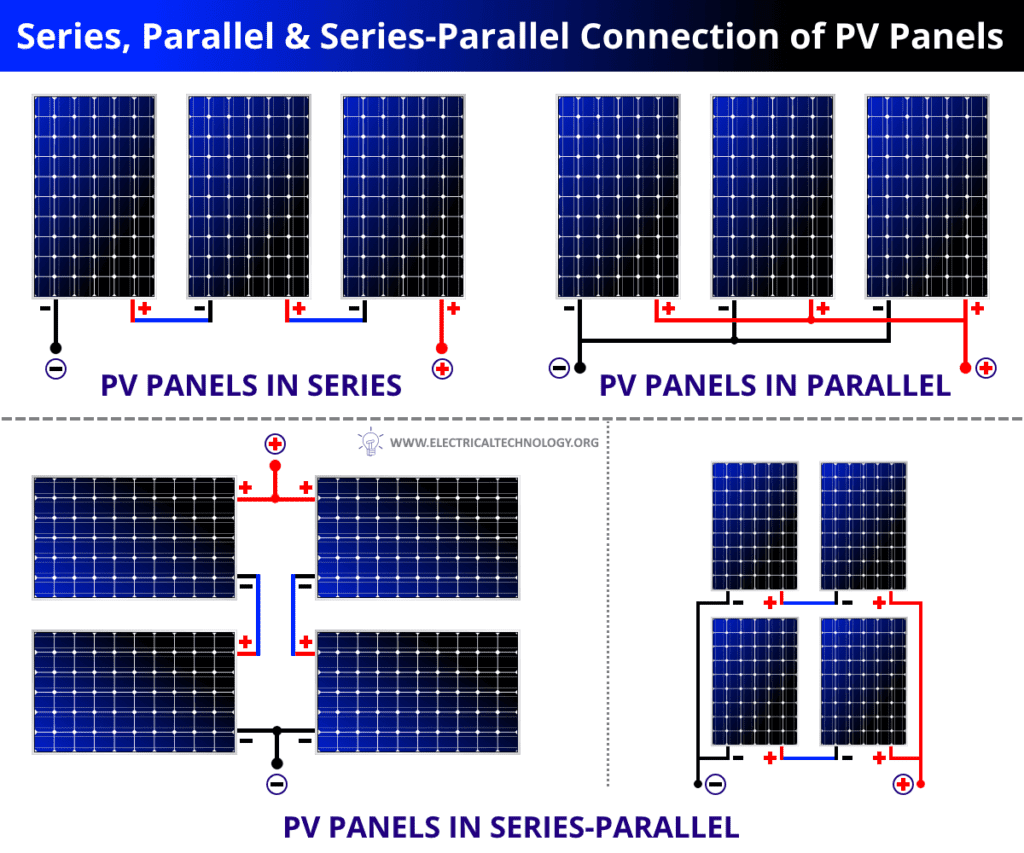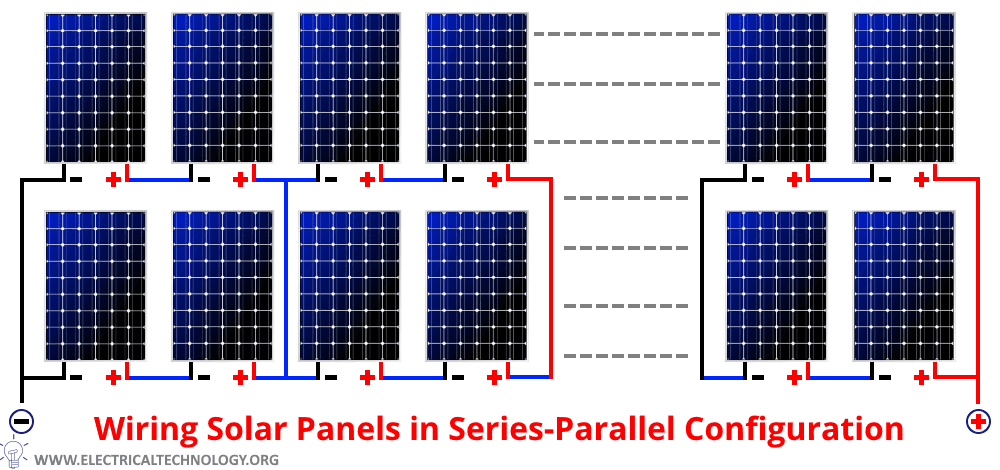How To Wire Solar Panels In Series Vs. Parallel For Home Use?
“How to wire solar panels in series vs. parallel for home use?”
In this article, we’ll delve into the differences between these two configurations, their advantages and disadvantages, and provide a step-by-step guide on how to wire solar panels in series and parallel for home use.
Understanding the Basics of Solar Panel Wiring
Before we dive into the specifics of series and parallel wiring, it’s essential to understand the basics of solar panel wiring. Solar panels are made up of individual photovoltaic (PV) cells that generate DC power when exposed to sunlight. To connect multiple solar panels together, you’ll need to use a combination of wiring and connectors.
There are three main components to consider when wiring solar panels:
- Positive and Negative Terminals: Each solar panel has a positive and negative terminal, which are typically marked with a "+" and "-" sign. The positive terminal is usually connected to the positive terminal of the next panel, while the negative terminal is connected to the negative terminal of the next panel.
- Wiring: Solar panel wiring is typically made up of a combination of PV cables, connectors, and busbars. PV cables are used to connect the solar panels to the charge controller, inverter, or other system components. Connectors are used to connect the solar panels to each other, while busbars are used to connect multiple solar panels to a single wire.
- Connectors: Connectors are used to connect the solar panels to each other and to other system components. There are several types of connectors available, including MC4, TYCO, and Amphenol.
Wiring Solar Panels in Series
Wiring solar panels in series involves connecting the positive terminal of one panel to the negative terminal of the next panel. This creates a continuous circuit, with the voltage of each panel adding up to create a higher total voltage.

Advantages of Series Wiring:
- Higher Voltage: Series wiring allows you to create a higher total voltage, which can be beneficial for systems that require a higher voltage, such as grid-tie systems.
- Simplified Wiring: Series wiring typically requires less wiring, as each panel is connected directly to the next panel.
- Lower Current: Series wiring typically results in lower current, which can reduce the risk of overheating and electrical shock.

Disadvantages of Series Wiring:
- Reduced Power Output: If one panel in a series configuration is shaded or damaged, it can reduce the power output of the entire system.
- Higher Vulnerability to Faults: Series wiring can be more vulnerable to faults, as a single failed panel can bring down the entire system.

Wiring Solar Panels in Parallel
Wiring solar panels in parallel involves connecting the positive terminals of multiple panels together and the negative terminals of multiple panels together. This creates multiple circuits, with the current of each panel adding up to create a higher total current.
Advantages of Parallel Wiring:
- Increased Power Output: Parallel wiring allows you to increase the power output of your system, as each panel operates independently.
- Improved Reliability: Parallel wiring can improve the reliability of your system, as a single failed panel will not bring down the entire system.
- Reduced Vulnerability to Faults: Parallel wiring can reduce the vulnerability to faults, as each panel operates independently.
Disadvantages of Parallel Wiring:
- Lower Voltage: Parallel wiring typically results in a lower total voltage, which can be a limitation for systems that require a higher voltage.
- More Complex Wiring: Parallel wiring typically requires more wiring, as each panel needs to be connected to a separate wire.
- Higher Current: Parallel wiring typically results in higher current, which can increase the risk of overheating and electrical shock.
Step-by-Step Guide to Wiring Solar Panels in Series:
- Connect the Positive Terminal of the First Panel: Connect the positive terminal of the first panel to the positive terminal of the next panel.
- Connect the Negative Terminal of the First Panel: Connect the negative terminal of the first panel to the negative terminal of the next panel.
- Repeat the Process: Continue connecting the positive and negative terminals of each panel, creating a continuous circuit.
- Connect the Final Panel to the Charge Controller or Inverter: Connect the positive terminal of the final panel to the positive terminal of the charge controller or inverter, and the negative terminal of the final panel to the negative terminal of the charge controller or inverter.
Step-by-Step Guide to Wiring Solar Panels in Parallel:
- Connect the Positive Terminals of Multiple Panels: Connect the positive terminals of multiple panels together, using a connector or busbar.
- Connect the Negative Terminals of Multiple Panels: Connect the negative terminals of multiple panels together, using a connector or busbar.
- Connect the Positive and Negative Terminals to a Single Wire: Connect the positive and negative terminals of the panels to a single wire, which will carry the combined current of the panels.
- Connect the Wire to the Charge Controller or Inverter: Connect the wire to the charge controller or inverter, making sure to match the polarity of the wire to the terminal.
Tips and Precautions:
- Use the Correct Wire Size: Use the correct wire size to ensure that the wire can handle the current of the system.
- Use the Correct Connectors: Use the correct connectors to ensure that the connections are secure and will not come loose over time.
- Avoid Overheating: Avoid overheating by keeping the wiring and connectors away from direct sunlight and heat sources.
- Follow Safety Precautions: Follow safety precautions when working with electrical systems, including wearing protective gear and ensuring that the system is grounded.
Conclusion:
Wiring solar panels in series or parallel is a critical step in installing a solar power system for home use. By understanding the advantages and disadvantages of each configuration, you can choose the best option for your system and ensure that it operates safely and efficiently. Remember to follow the step-by-step guides and tips outlined in this article, and always consult with a professional if you’re unsure about any aspect of the installation process. With the right knowledge and precautions, you can enjoy the benefits of solar power and reduce your reliance on the grid.
